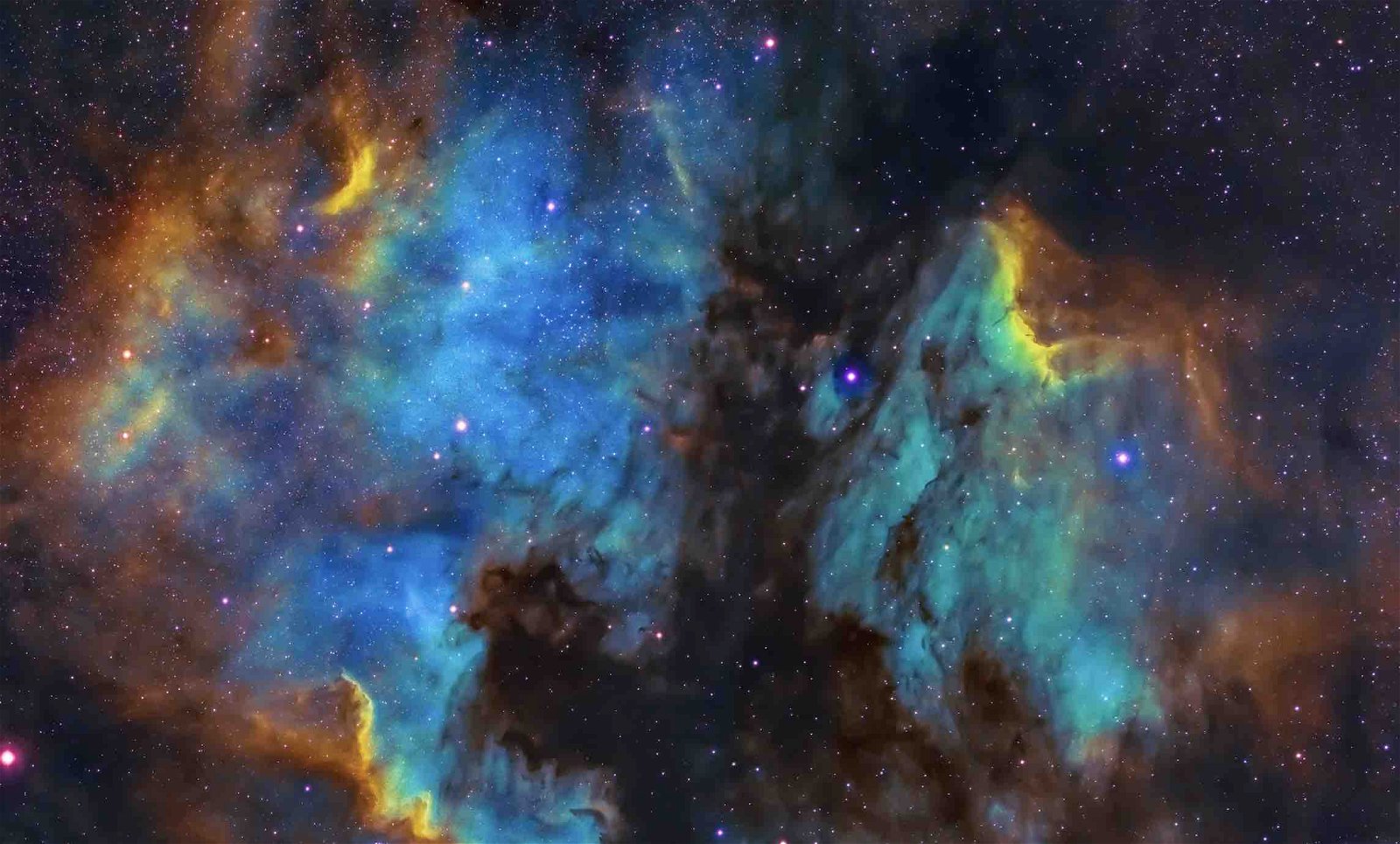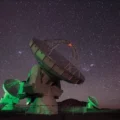The amino acid tryptophan, which alongside the 19 other known amino acids, is a critical component of all life on Earth, has been spotted in interstellar space for the first time.
One of the amino acids deemed “essential for life,” tryptophan’s presence in a gas cloud where stars and planets are born, offers a tantalizing hint that life on other planets of the Milky Way Galaxy may be even more common than previously thought.
Evidence for Life Beyond Earth Continues to Rise
In recent years, researchers using the most modern space and land telescopes have continued to add to the list of exoplanets that may be capable of hosting life as we know it. That list is over 5,000 planets strong and growing, with the number expected to continue to increase at a rapid rate.
Still, having a rocky planet in the right orbit around its host star to support liquid water on the surface, a key aspect of pretty much all life on Earth is only part of the equation. That’s because living organisms are made up of proteins, and without the right stuff like proteins to work with, even the most hospitable planet is unlikely to be home to living things.
Now, a researcher who has previously found water and other key life-supporting molecules in a region of space where planets are born says she has spotted the chemical signature of the amino acid Tryptophan, a finding she says may mean that life on the Milky Way may be more common than previously thought.
Signal for Amino Acid Tryptophan Found in a Critical Interstellar Location
Using the Spitzer Space Observatory, researcher Susan Iglesias-Groth from the Instituto de Astrofísica de Canarias (IAC) in Spain says she has spotted the telltale spectral signature of the amino acid tryptophan in the gaseous cloud of the molecular cloud complex Perseus. Of course, the researcher behind the discovery says the finding wasn’t exactly a coincidence.
“Given the spectral coverage in the infrared and the large spectroscopic database from the Spitzer telescope, this amino acid was the obvious candidate to search for in space,” admits Iglesias-Groth in a press release announcing the tantalizing find.
And where better to look for the life-supporting molecule than the same place she had previously discovered water (H20), carbon dioxide (CO2), hydrogen cyanide (HCN), acetylene (C2H), benzene (C6H6), polycyclic aromatic hydrocarbons, and fullerene, a.k.a., the molecular cloud in the Pegasus region of space.
For this latest search, Iglesias-Groth focused her efforts on a stellar system within Perseus known as IC 348. That’s because all the spectroscopic data Spitzer has recorded from IC 348 allowed her to “attain the maximum sensitivity and to identify lines” that tryptophan produces in the laboratory.
“IC 348 is an exceptional star formation region and an extraordinary chemical laboratory,” Iglesias-Groth explained of her preferred amino acid hunting ground. “Thanks to its proximity to Earth, we can carry out some of the most sensitive searches for molecules in the interstellar medium.”
Critically, Iglesias-Groth notes that IC 348 is a stellar nursery and an area of space where planets are likely to form around these stars. That means this latest discovery is even more tantalizing as astrobiologists and astronomers around the world are ramping up their efforts to spot signs of extraterrestrial life, including the presence of amino acids like tryptophan.
Such a finding, says Iglesis-Groth, may support the idea that the elements needed for life are present while the planet is actually forming.
“It is likely that amino acids, the building blocks of proteins, may be enriching the gas in the protoplanetary discs and atmospheres of young, newly formed exoplanets,” says the researcher, whose results are published in the Monthly Notices of the Royal Astronomical Society, “and perhaps accelerating the emergence of life there.”
Amino Acid FInding ADDS to Mounting Evidence That Life in the Milky Way May Be Common
The discovery of a single amino acid light-years away in an interstellar cloud may hardly be touted as definitive evidence that there is life on other planets. But taken with the discoveries in other areas of science regarding habitable-zone exoplanets, extremophiles (life forms that live and thrive in harsh environments), and the tantalizing location of this latest find within a likely planetary nursery, the case is growing for the idea that life on other planets may be common and that we here on Earth may not be alone.
“It is well known that amino acids are part of meteorites and may have been present as early as the formation of the Solar System,” concludes Iglesias-Groth. “The discovery of tryptophan and, hopefully, of other amino acids in the future, could indicate that protein-building agents, which are key to the development of living organisms, exist naturally in the regions where stars and planetary systems form and that life may be more common in our Galaxy than we could have predicted.”
Christopher Plain is a Science Fiction and Fantasy novelist and Head Science Writer at The Debrief. Follow and connect with him on Twitter, learn about his books at plainfiction.com, or email him directly at christopher@thedebrief.org.

